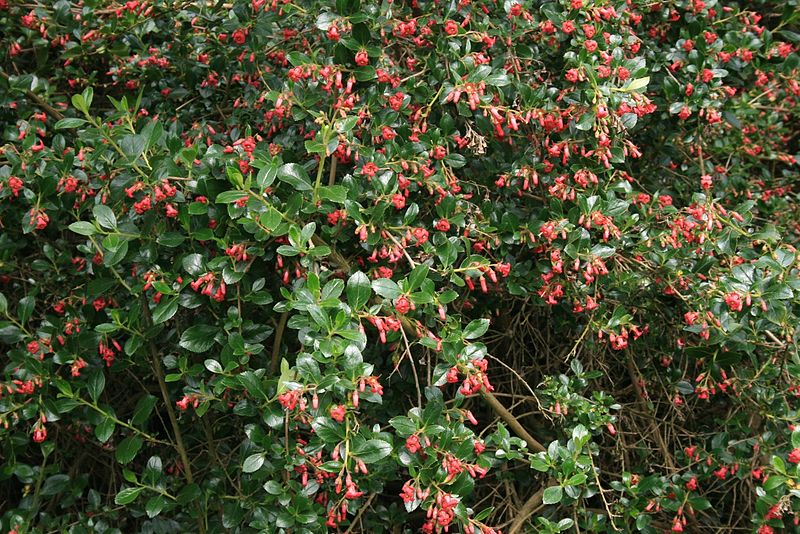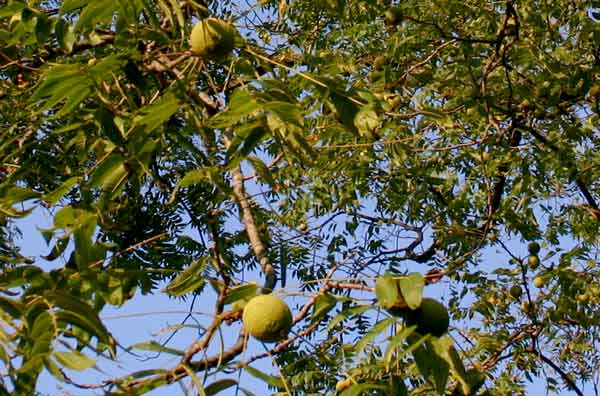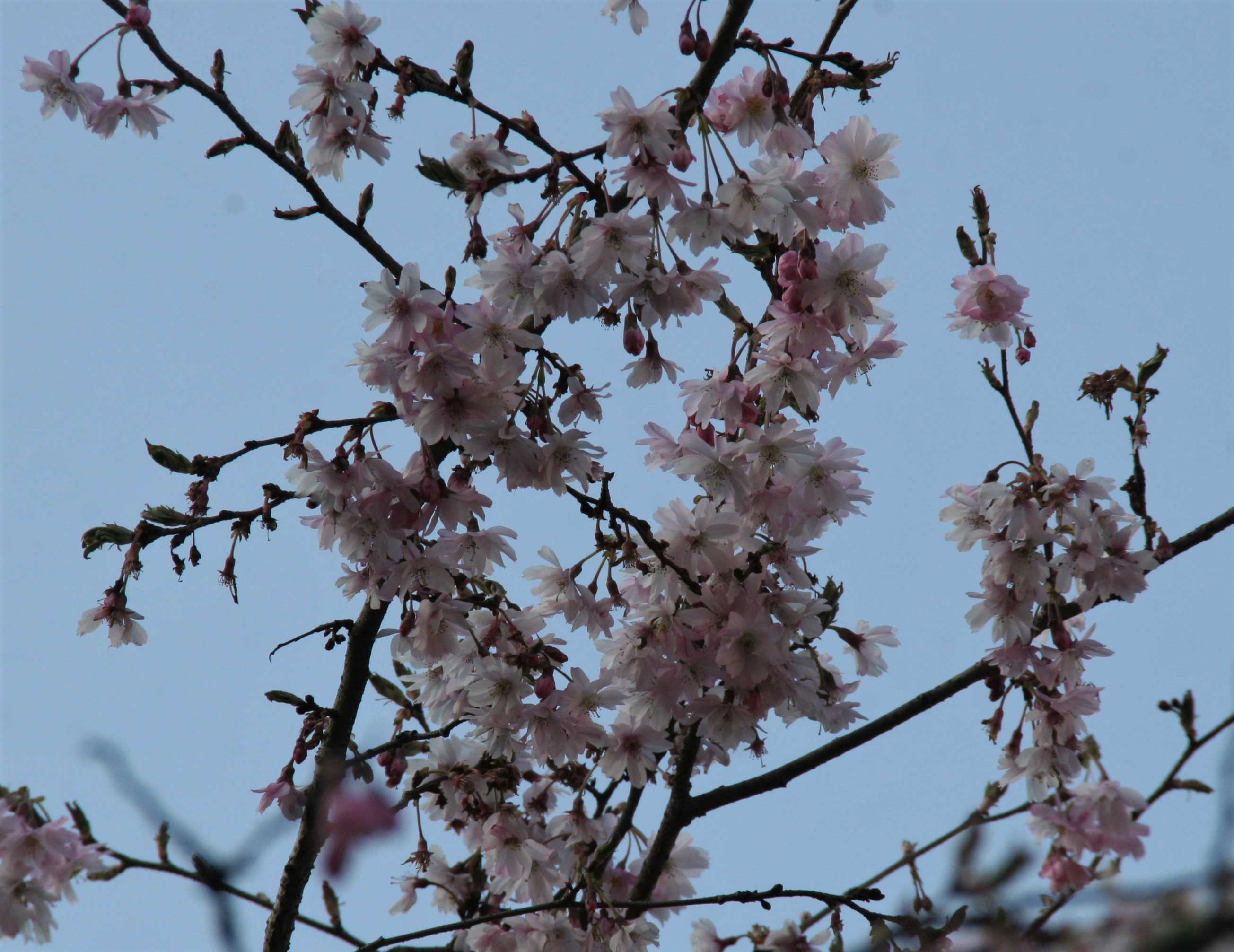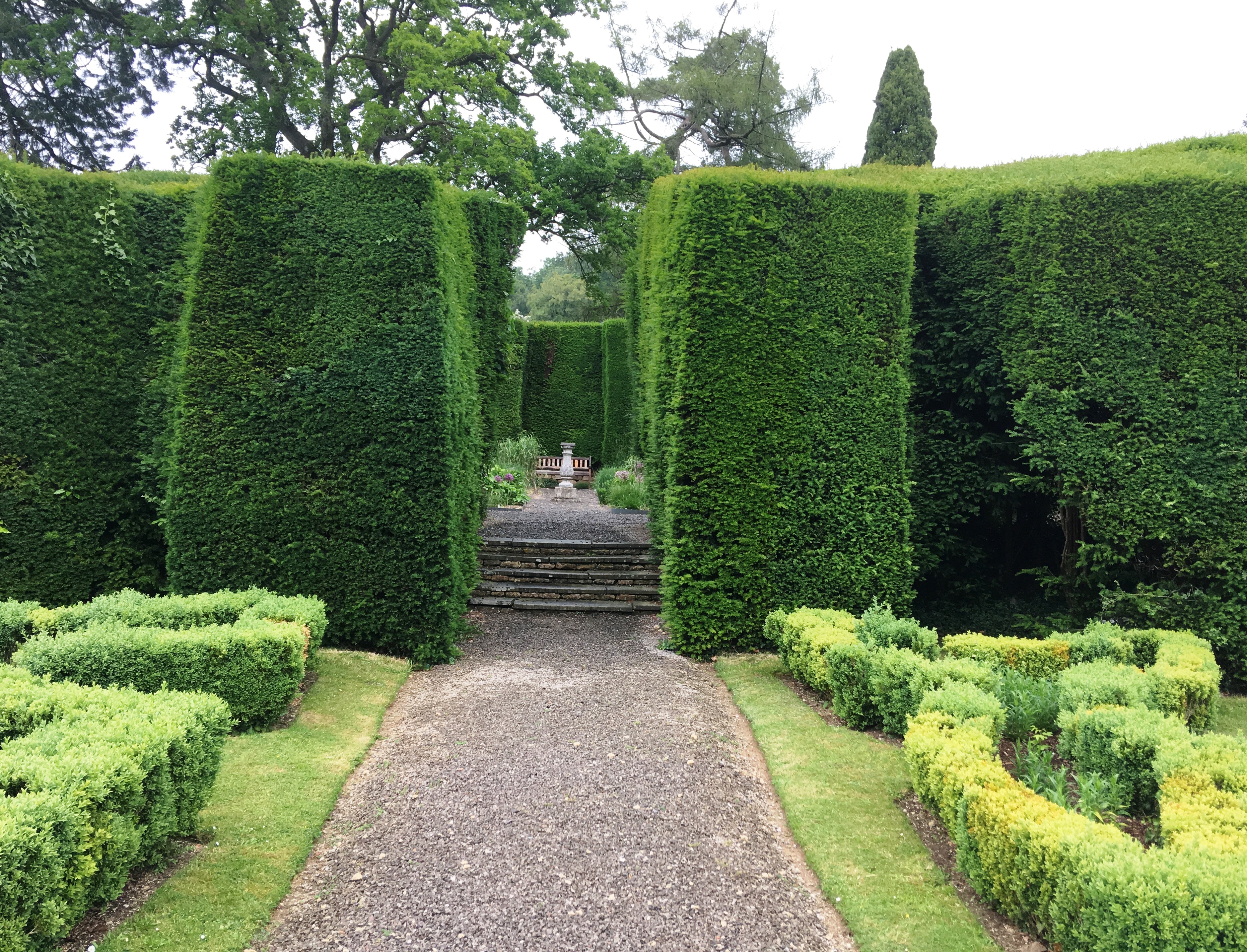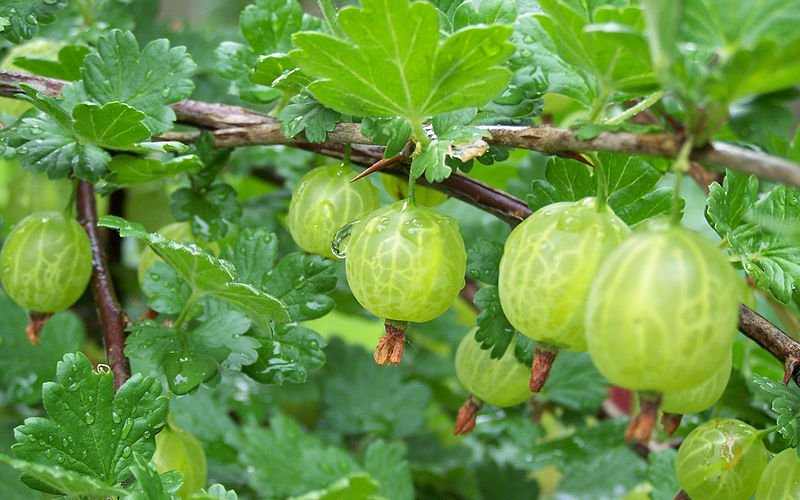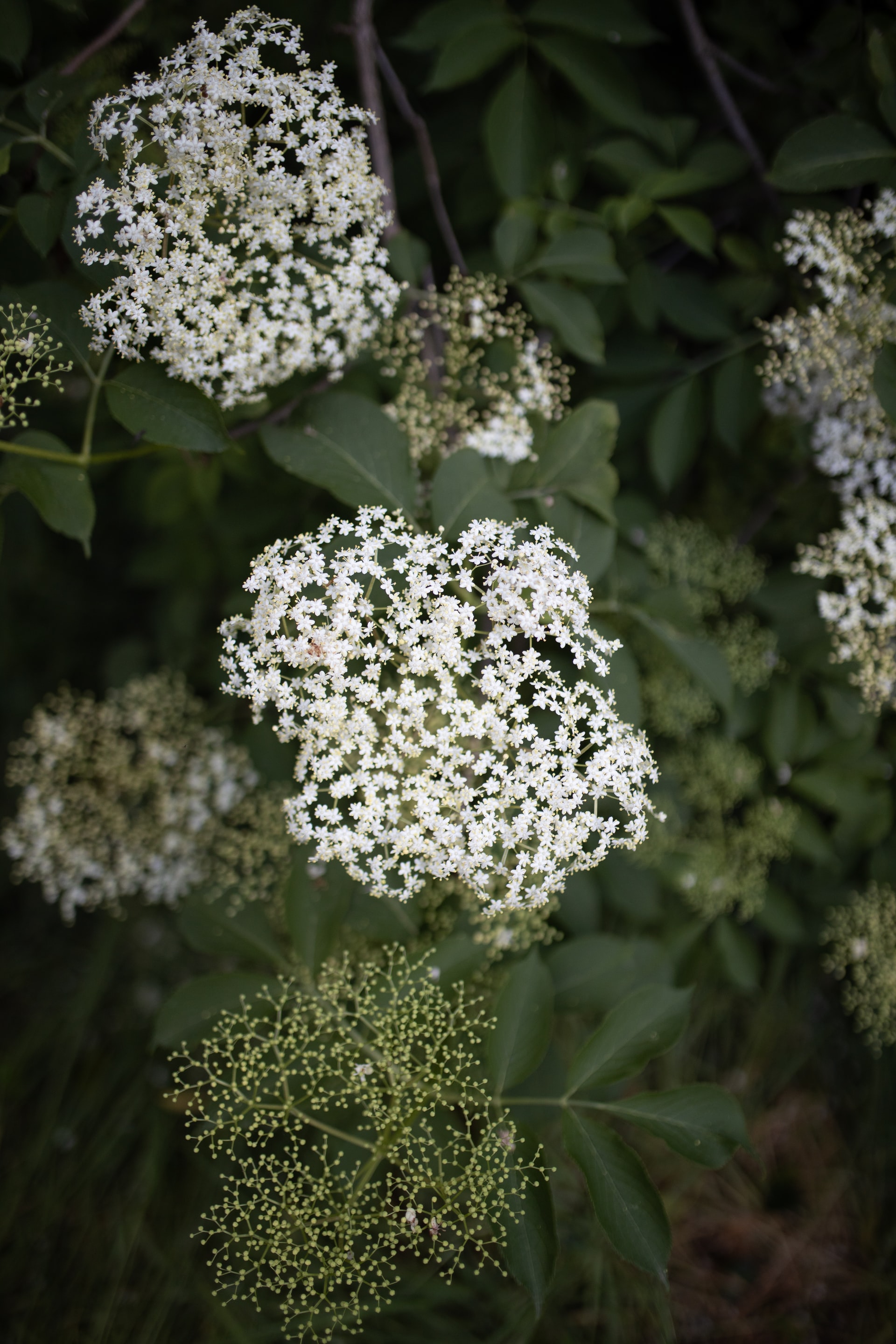Everyone knows that Escallonia gets badly frostbitten. Every book says that Escallonia is a tender hedge plant. Every list of plants that “only grow in the south-west” (it used to be “in the Scillies”) contains Escallonia. Every article says it should only be used as coastal hedging. I even read a piece in a reputable gardening magazine that… Continue reading Escallonia – A Winter Surprise
Resting behind your Laurels
Prunus Laurocerasus Rotundifolia is a name that just trips off the tongue, and it’s a shame more parents don’t name their children after it. It is one of the most popular evergreen hedging plants in Britain, and so it’s aptly named Common Laurel, or Cherry Laurel (being in the same genus as the other stone… Continue reading Resting behind your Laurels
Crabapple (& Rowan) Jelly
You can always tell when a crab apple is ripe. Pick one and bite it. If you scream, it is not. But if your face just wrinkles up as if you were sucking a lemon, then it is probably about right…. Crab apple trees produce some of the bitterest fruit around But they taste fantastic… Continue reading Crabapple (& Rowan) Jelly
Black Walnut Tree Attacks!
“Could my black walnut trees have killed other plants nearby?” This is a question we often get from people who bought trees and shrubs from us that died when planted near Juglans nigra. When you sell as many plants as we do, this happens sometimes, and we replace them under guarantee, so all is not… Continue reading Black Walnut Tree Attacks!
How to prune Cordon Fruit Trees
This is just about pruning cordons – there is a much longer piece on growing cordon fruit trees if you would like to know more. Cordons should be pruned every year around mid August (i.e. about now). Your cordon is ready for pruning when the new side shoots from the main stem(s) become woody at… Continue reading How to prune Cordon Fruit Trees
What to do with sucking plants?
Some hedging plants and native trees produce suckers (new plants that grow up from the parent plant’s root system). Sometimes this is good – because you want a bushier plant. Rugosa roses make a bushier hedge, for example, because they sucker. Sometimes this is bad – because the sucker is the same as the rootstock, but… Continue reading What to do with sucking plants?
Saving a Tree that is Falling Over
It crossed my mind this morning that we are in August. September is the other month of the equinox (exactly half a year away from Shakespeare’s “Beware the Ides of March”). March and September are the months when the Earth tilts just more than halfway to or from the Sun. So September and March are… Continue reading Saving a Tree that is Falling Over
Dead and Dying Yew Hedges and Trees
Yew has a reputation for being indestructible, and given fair treatment, there are yew trees planted today that will still be alive when mankind is sailing around the solar systems* in fusion powered, garden filled hyper-barges At the same time, Taxus baccata is like any living organism and can die prematurely. Because it is so… Continue reading Dead and Dying Yew Hedges and Trees
Gooseberry Ice Cream
Gooseberry Ice Cream Recipe (Utterly Delicious) to make at home I know this blog is themed around hedging, but…. June and July is the time of year that your gooseberries should be ready for picking – traditionally this is at Whitsun (which is the seventh Sunday after Easter Sunday) but as Easter this year was… Continue reading Gooseberry Ice Cream
Elderflower Champagne Recipe
When you have enough Elderflower Cordial you might like to think about Elderflower Champagne. By the way, it is a good excuse to plant a few more Elder (Sambucus nigra) bushes – as you will find you have friends calling round in June and July almost daily and for the oddest reasons….. This is a… Continue reading Elderflower Champagne Recipe

